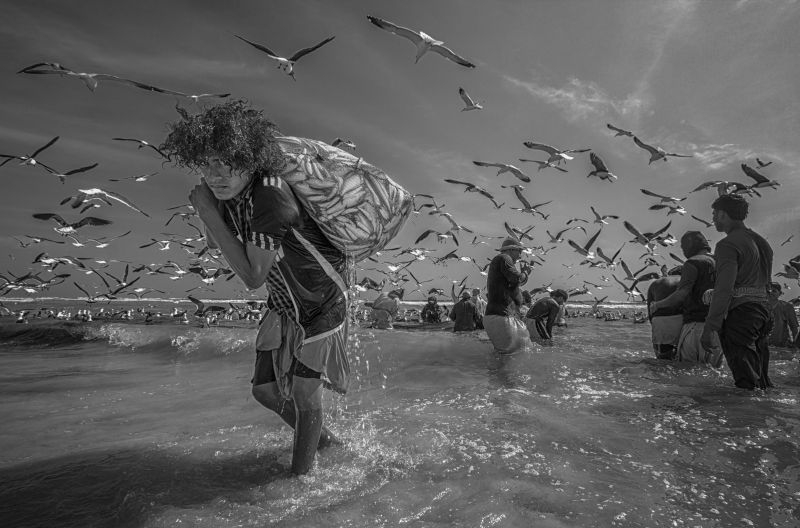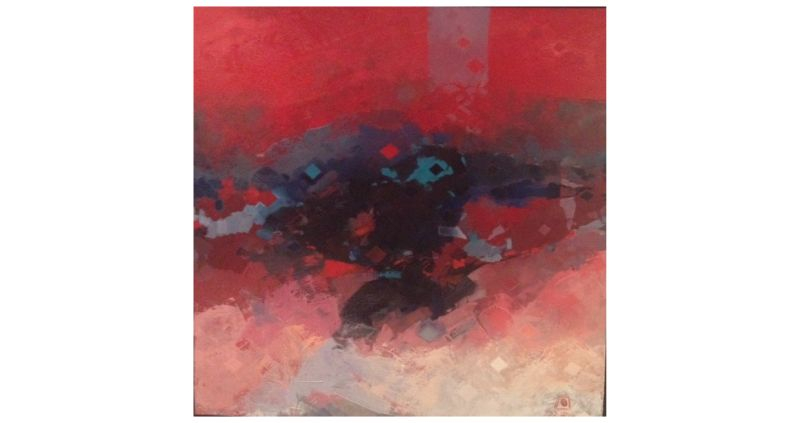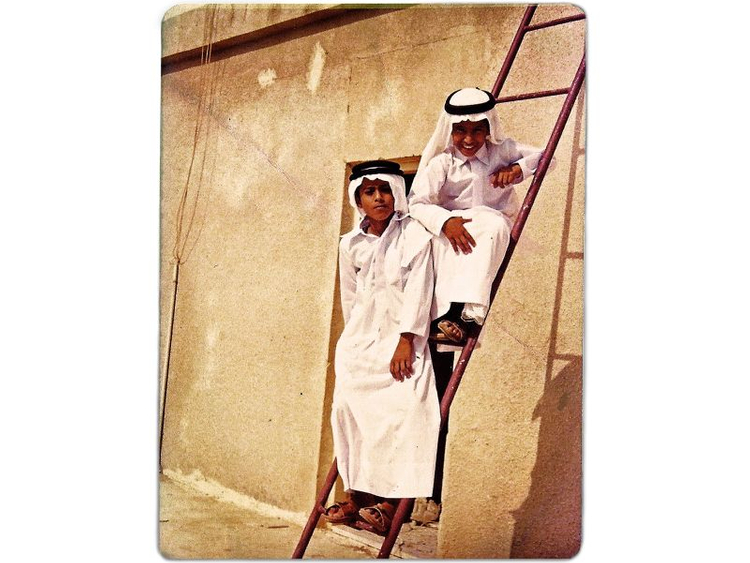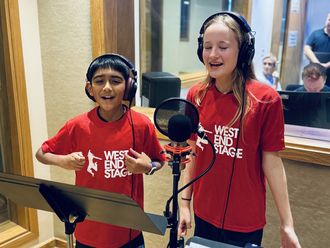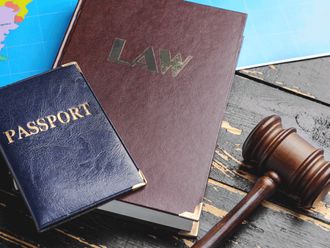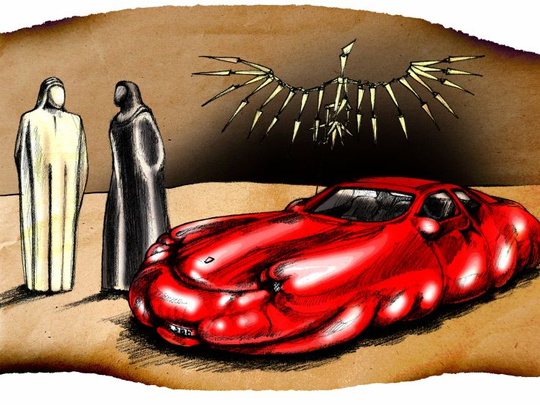
Less than a decade ago, the UAE set out to create an art-friendly environment, one the rest of the world would take seriously. That dream is taking shape, as the country is putting the finishing touches to its first international gallery, while more are planned to complement a host of art spaces — private and otherwise — found throughout the emir-ates. The nation is transforming itself into a venerable art hub, a vibrant canvas home to artists and those who exhibit, experience and trade in their work.
This is an ongoing process, one mirroring the UAE’s evolution, and notions of change and its implication on personal and societal identity regularly find their way into artists’ creative output here.
One gallery celebrates the 44th UAE National Day by delving into an exploration of these themes. It taps into Emirati consciousness with the exhibition 1971: Contemporary Art from the UAE, which has a selection drawn mainly from The Farjam Foundation’s collection. “Today, more than at any other time in the history of the UAE, the pace at which Emira-ti artists are expressing themselves is at its peak and expanding with exhilarating speed,” says Dr Farhad Farjam, Founder of the foundation.
“It is an honour and delight that we can celebrate the works of talented artists whose creative processes were con-sciously or unconsciously triggered by the passion and bond of the unification.”
Celebrating heritage
The exhibition features works from around the early 1990s, although most stem from the past five years. Both estab-lished and emerging artists are represented.
Abdul Qader Al Rais, one of the country’s most renowned artists, has pieces included from both his early period draw-ing on local heritage and his more recent abstract work. They stands alongside his daughter Sumaya’s watercolour paintings of traditional settings, and his son Musab’s abstract depictions of Arabic landscapes.
Photographer Anas Al Deeb captures moments from everyday life in images that could stem from any time in the country’s existence. Meanwhile, Lateefa Bint Maktoum’s Observers of Change series uses photo montages to depict how she sees her home and country develop, while Lamya Gargash — the first Emirati to represent the UAE at its first exhibition at the Venice Biennial in 2009 — enters abandoned homes set for demolition to look for a connection to the past. Alyazia Nahyan Al Nahyan explores how the digital world is taking over modern Emirati life, and Maitha Huraiz makes the invisible visible by focusing her lense on women in a closed society in conceptual pieces.
“The contemporary art scene is growing drastically and there has been very strong support by the government towards that in addition to funding emerging artists within the region to grow further,” Maisoon Al Saleh tells GN Focus.
Her skeletal compositions reveal stories from Emirati life, culture and history, while forcing the viewer to look beyond what’s on the surface. “I tell stories based on reality, what’s happening within UAE in a surreal way,” she says.
Emirati identity
Dr Najat Meki, a member of the Emirates Fine Arts Society and one of the women pioneers in the local art scene, says Emirati identity is an expression of loyalty and a statement of belonging. “Every artist has a vision in presenting their ideas through the artistic tools and colours at their disposal, through a specific philosophy.
“Sometimes an artwork expresses a vision for the future that the artist sees or dreams,” she says.
Her piece Finance, using oil paint and gold leaf, is among the works being displayed at The Farjam Foundation in DIFC until December 15.
Lest We Forget: Emirati Family Photographs 1950-1999, recently shown at Abu Dhabi’s Warehouse421, also focused on the personal as a gateway to the collective. This collection of family photographs by and of the country’s first gen-erations were shared with the public for the first time.
Dr Michele Bambling, Creative Director of the newly established Lest We Forget — a pioneering educational and crea-tive enterprise launched under the Salama Bint Hamdan Al Nahyan Foundation, says, “The exhibition, and its accom-panying book and archive, present a unique exploration of Emirati vernacular photographs through memory and crea-tive expression.”
The country’s march towards becoming a leading international cultural destination should reach an important mile-stone with next year’s scheduled opening of the Jean Nouvel-designed Louvre Abu Dhabi, which recently saw its roof being completed, leaving only the fitting out and artwork installation to be done. Billed as the country’s first global museum, it will be followed on Saadiyat — Happiness Island — by the Frank Gehry-designed Guggenheim and the Zayed National Museum, dedicated to Shaikh Zayed Bin Sultan Al Nahyan and his unification of the UAE. Dubai’s Museum of the Future is set to open in 2017 next to Union House, where the treaty establishing the UAE was signed in 1971.
Until then, the nation will continue to tell the story of its people — Emiratis and expatriates — as well as its place in a globalised world at galleries and fairs throughout the nation, the most notable of which include the Sharjah Biennial, Art Dubai and Abu Dhabi Art. The country also recently had its first exhibition of modern art at the EU headquarters.
“The UAE art scene is rising to the international level,” says Dr Meki.
The big picture
The UAE has invested heavily in developing an art scene here, one that ties in with the country’s economic diversifica-tion policies. The latest is the law establishing the Dubai Foundation for the Dh500-million Museum of the Future.
His Highness Shaikh Mohammad Bin Rashid Al Maktoum, Vice-President and Prime Minister of the UAE and Ruler of Dubai, says, “[It is] the first-stop research institution dedicated to science and the future of innovation and exploring the next generation of technology. The foundation will oversee the establishment of several research centres in addi-tion to the Museum of the Future, which will attract researchers.
“The goal is to develop scientific and innovative solutions to address the developmental challenges of cities of the fu-ture, and contribute to stimulating innovation.”


